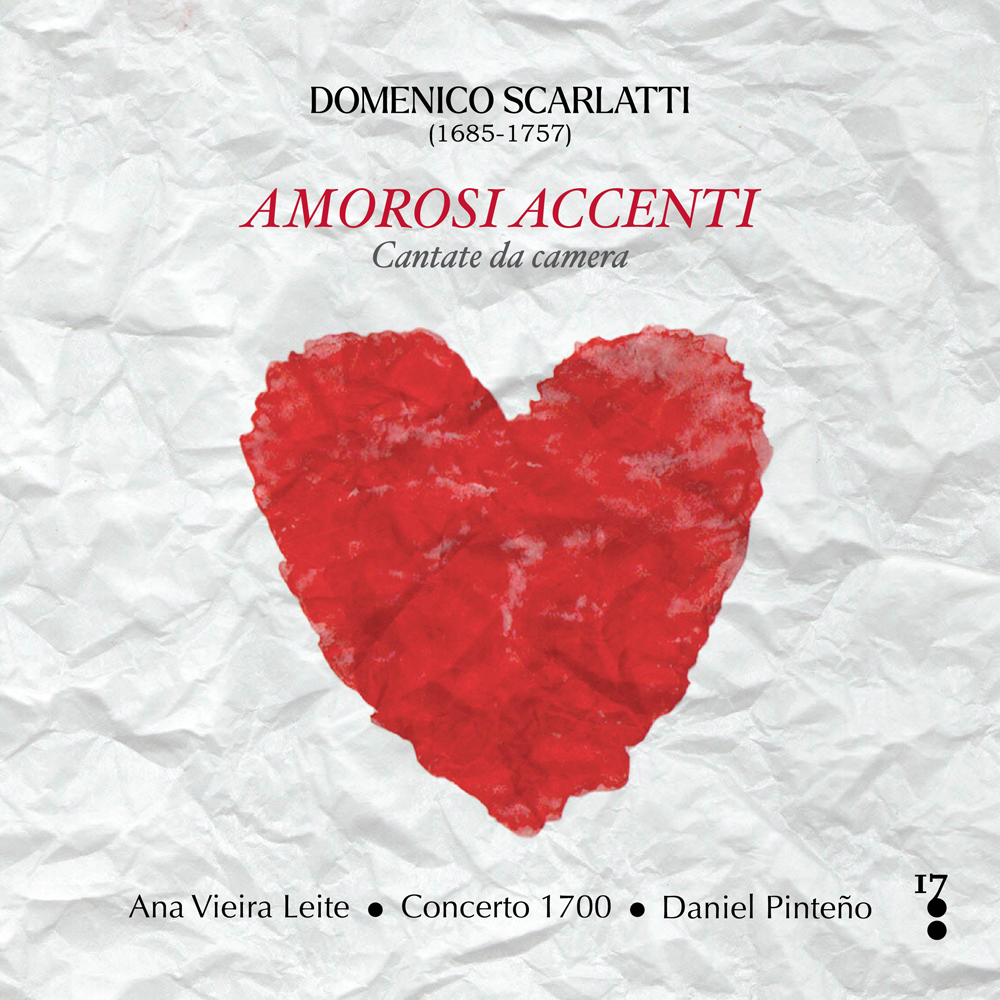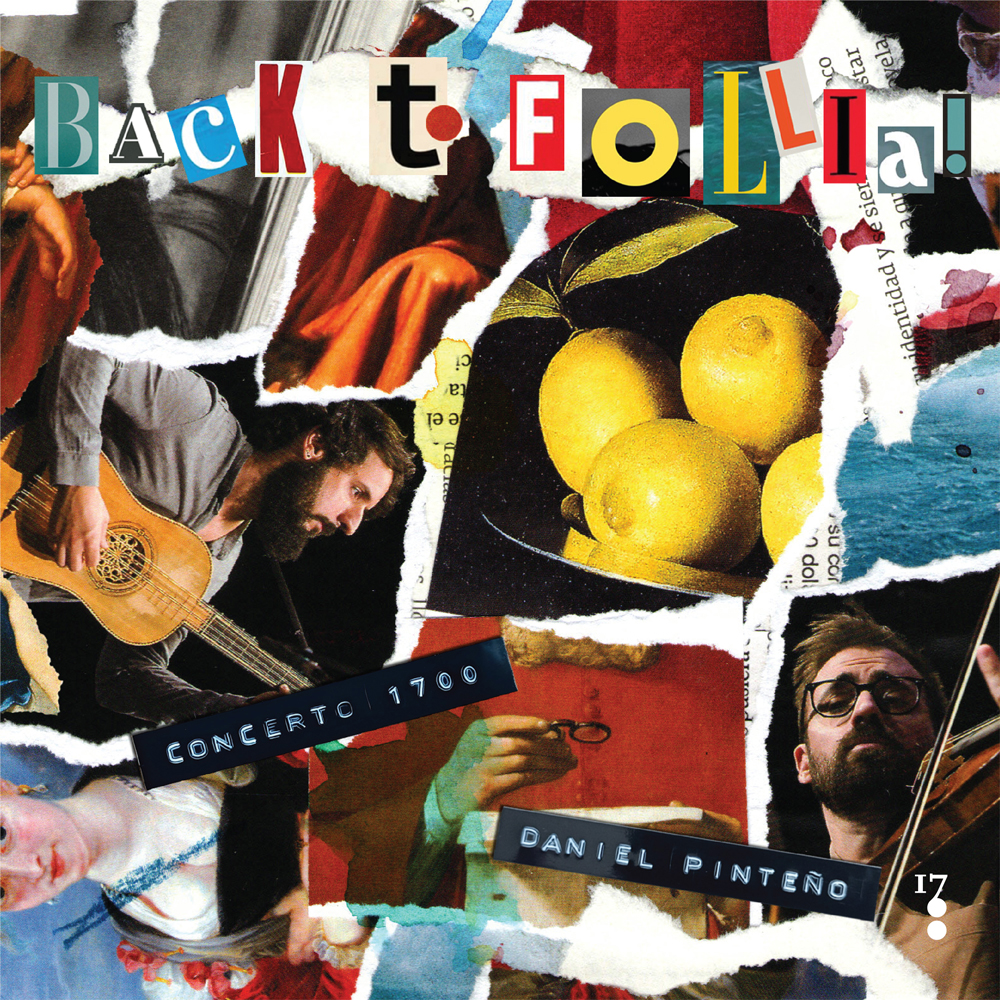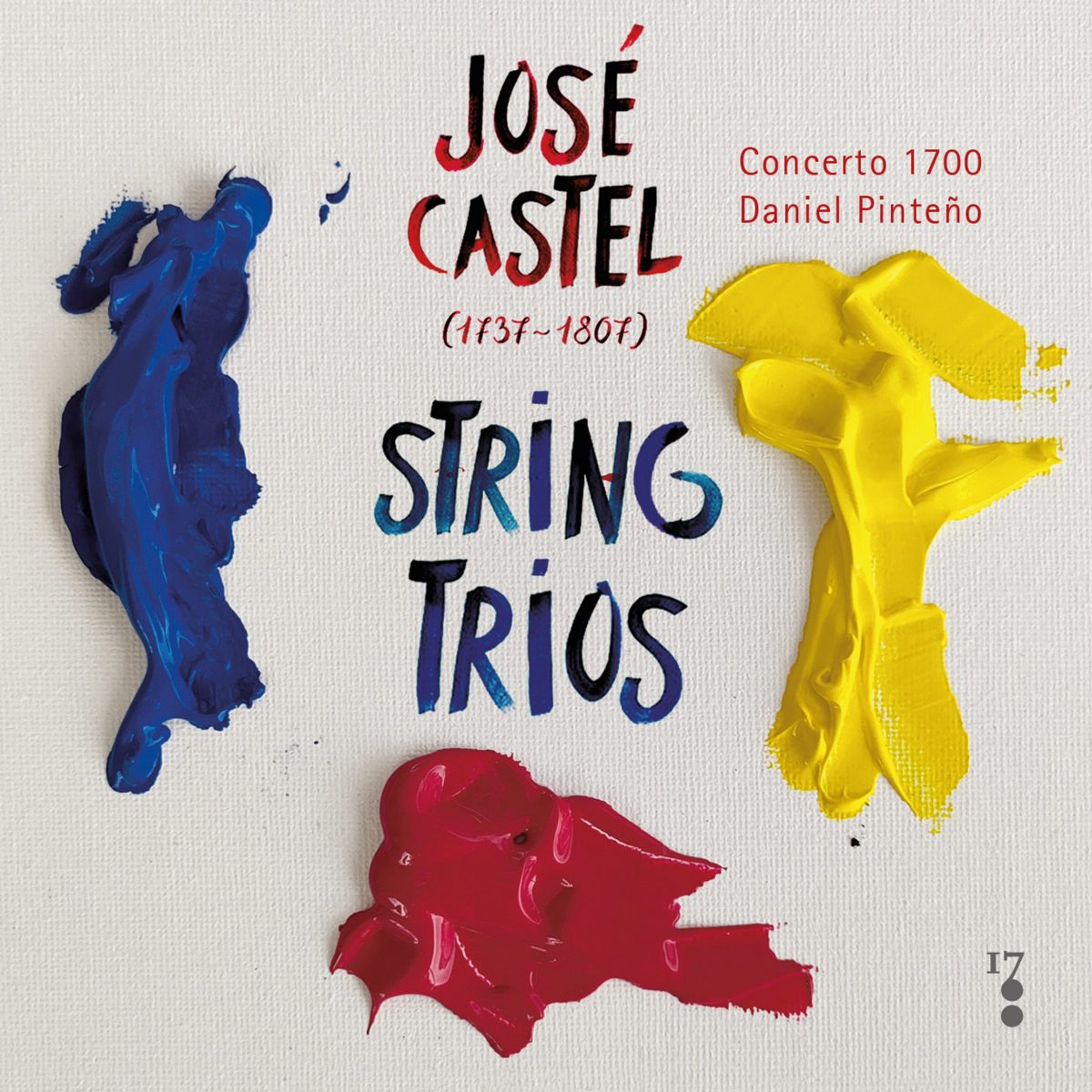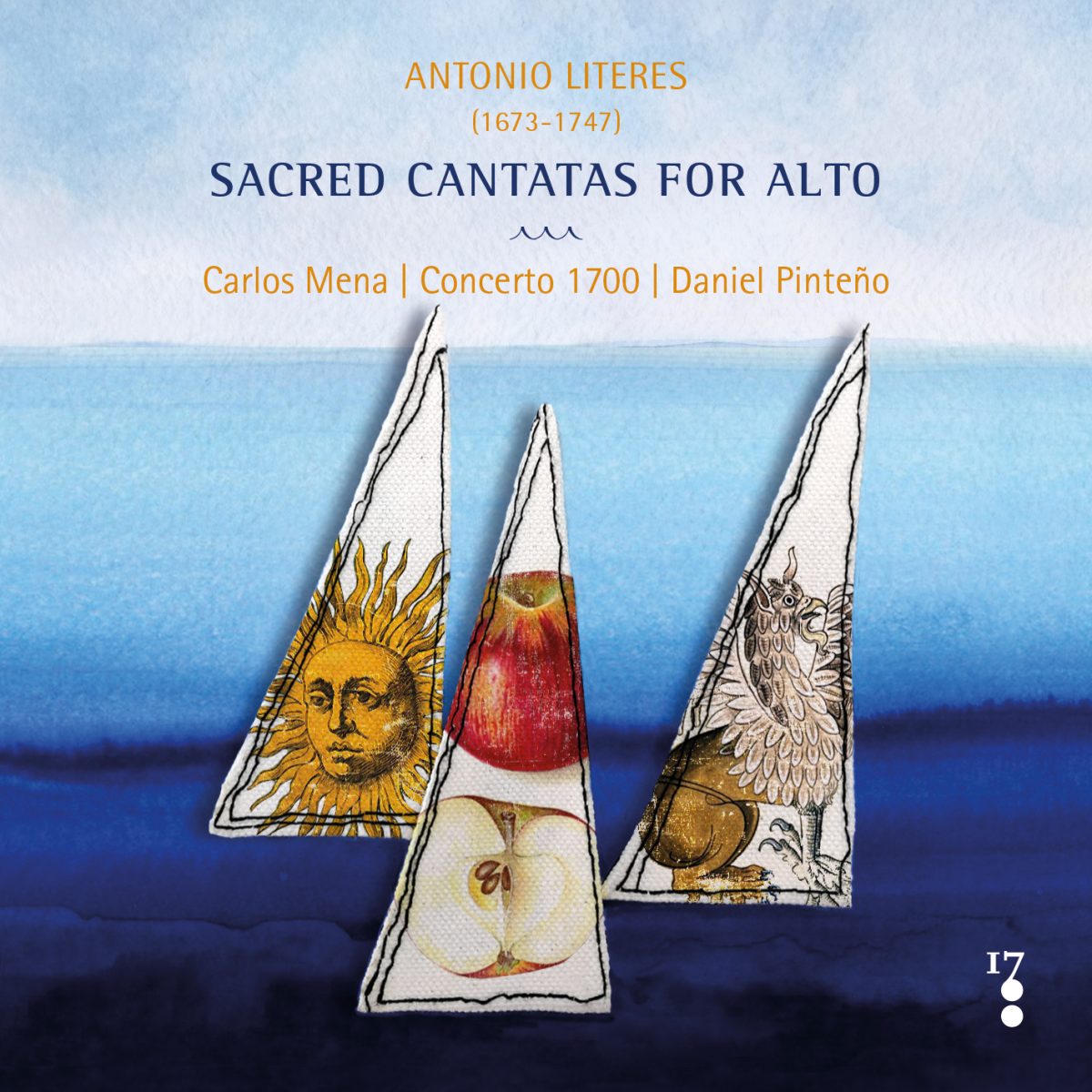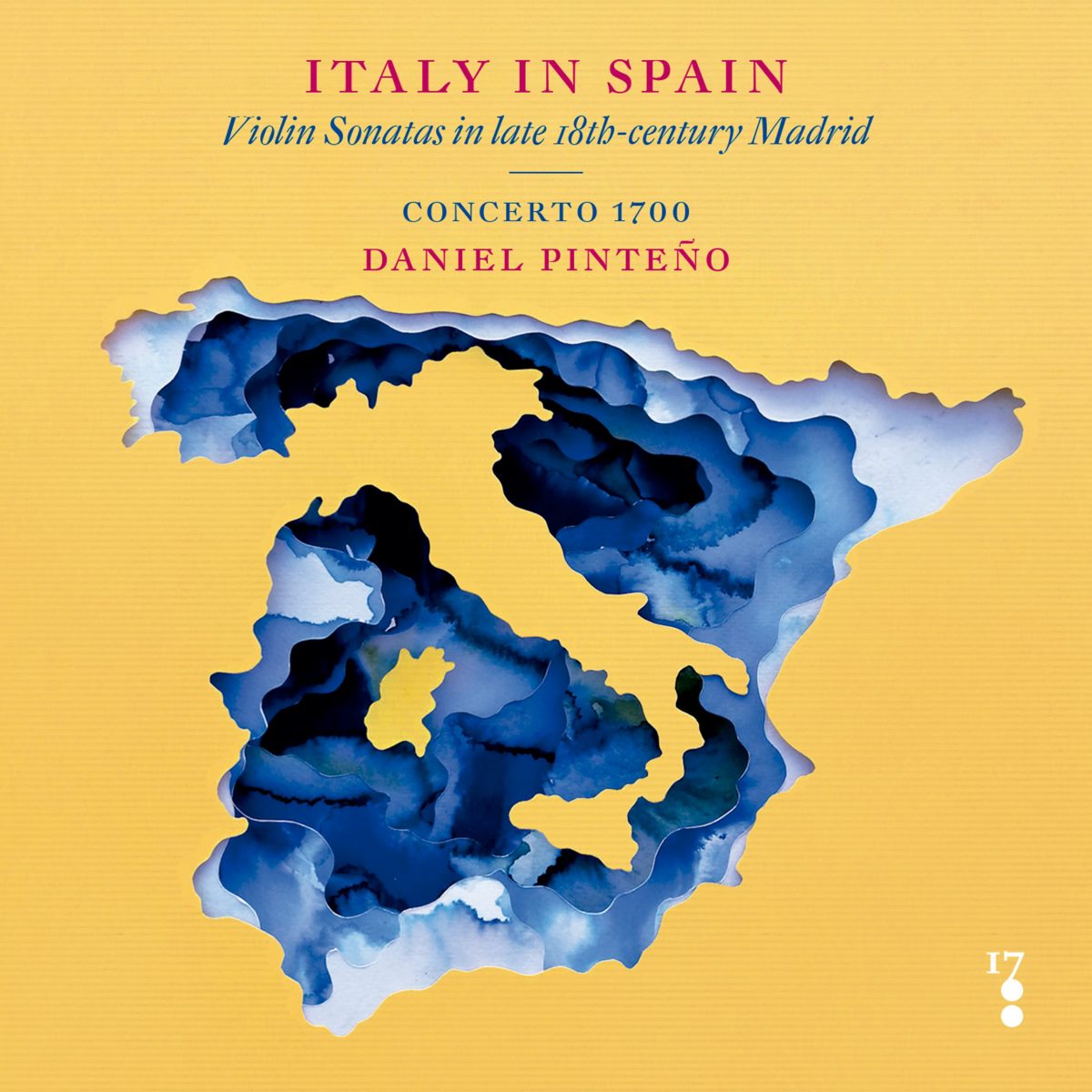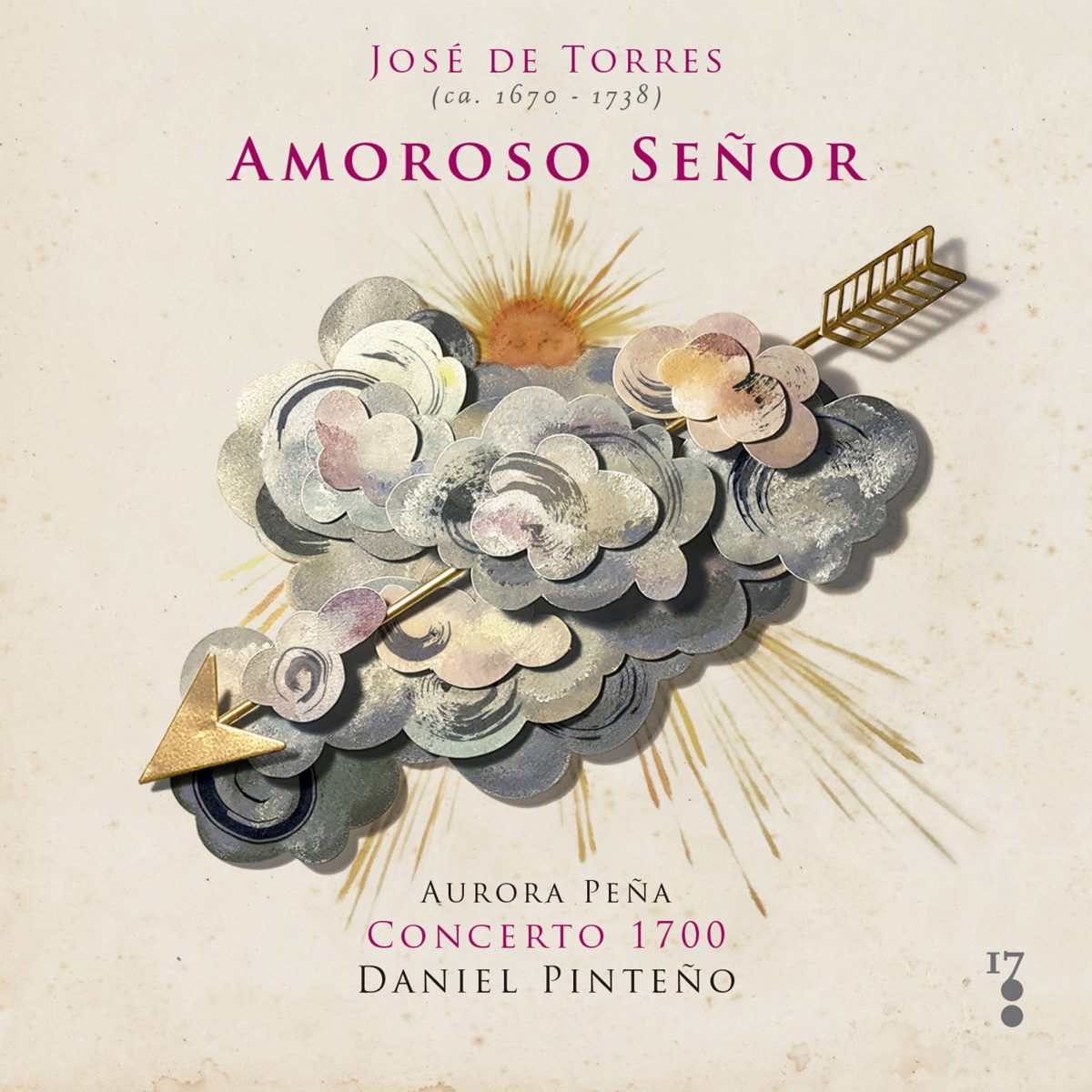Your cart is currently empty!
DOMENICO SCARLATTI: Amorosi Accenti
Description
ARTISTS: Ana Vieira Leite, soprano | Concerto 1700 | Daniel Pinteño, violin & director
REVIEWS:




“The disc is an absolute delight that has been taken care of down to the smallest detail.” – Ritmo Magazine.
“It is difficult to hear a soprano who sings with such expressiveness, technical mastery, taste and beauty as Ana Vieira Leite” – Scherzo Magazine.
“The interpretation of the ensemble is splendid, developing with imagination and rigor a basso continuo that is the perfect pedestal for the extraordinary soprano Ana Vieira Leite” – La Lectura de El Mundo.
“Ana Vieira Leite thrills and moves (brilliant in ornaments, vocalizations, sublime in cadenza); the nature of her voice rich in nuances, prodigious in the central register, we fall in love.” – Melómano Magazine.
ALBUM INFORMATION:
Domenico Scarlatti was a son of art: of the art of the opera house. By the time he was born in Naples, in 1685, his father Alessandro (1660-1725), who was far more famous than him throughout the 18th century, had been working for the music enthusiast viceroy marquis of Carpio for two years, as maestro of the royal chapel but mainly as an opera composer. He was required to compose three new operas each year, which were to be performed during the carnival period. In addition, he also received commissions from Rome and other Italian cities, as well as cantatas requested by aristocrats to accompany and highlight the conversazioni with which, at nightfall, they would entertain their guests. Ultimately, there was a lot of new music to compose, beyond what a single person could take on, which meant that the Scarlatti family had something of an industrial workshop for opera music. Domenico was raised in this context, witnessing the most important and in-demand musician in Italy continually composing for the best voices, those that the Neapolitan viceroys were eager to have at their service for the greater glory of their theaters and enhancement of their magnificence. This was Domenico’s education until 1702, when, in the midst of the turmoil caused by the Spanish War of Succession, his father chose to pursue – both for himself and for his son – a safer future in Rome. A mere three years later, in 1705, Carlo Broschi Farinelli was born, the most famous Neapolitan-trained singer of the 18th century and to whom we owe the preservation of the cantatas here recorded, as well as the corpus of 555 sonatas that made Scarlatti a part of history. They both ended their professional careers at the service of the kings of Spain, Bárbara of Braganza and Fernando VI (1746-1759).The chamber cantata, despite sharing its name with Bach’s most famous religious works, has little to do with them. It was, in fact, a laboratory for opera composers to practice their skills. Both genres started from the same creative substance: a poetic text designed to be set to music, to be sung. However, cantatas had a specific trait that set them apart from operas: they were directed to a knowledgeable audience capable of appreciating literary subtlety and musical sophistication. An example of this literary refinement can be seen in the text of the aforementioned cantata, signed by the most important 18th-century Italian poet, Pietro Metastasio. Farinelli was heir to this era, which he retrospectively glorified in his memoirs when, from Madrid (where he had arrived in 1737), he complained about modern composers obsessed with the beauty of melody and little versed (unlike Alessandro) in the art of counterpoint. We have no definitive evidence that Domenico composed these four cantatas for Farinelli, but we can be sure that the latter cherished them as emblems of the Neapolitan heyday that shaped him. Musicologist Malcolm Boyd noted that Farinelli’s voice was suited to the type of singer for whom these four works are intended.
TRACKS:
Se fedele tu m’adori. Cantata a voce sola con violini
1. Aria: Se fedele tu m’adori [07:15]
2. Recitativo: Tirsi, poi che tu sai [01:12]
3. Aria: Non è contenta l’ape ingegnosa [05:16]
Dir vorrei ah, m’arrossisco. Cantata a voce sola con violini
4. Aria: Dir vorrei, ah, m’arrossisco [07:04]
5. Recitativo: Qualor da te lontano [02:07]
6. Aria (Allegro risoluto): Quante furie ha il cieco averno [07:33]
Pur nel sonno almen talora. Cantata a voce sola con violini
7. Introduzione alla cantata: Allegro [05:18]
8. Minuet [00:47]
9. Aria (Andante Lento): Pur nel sonno almen talora [09:13]
10. Recitativo: Pria dell’aurora, o Fille [02:40]
11. Aria (Allegro moderato): Partì con l’ombra, è ver [05:04]
Scritte con falso inganno. Cantata a voce sola con violini
12. Recitativo: Scritte con falso inganno [01:07]
13. Aria: Che vuol dir que tuo non sono [03:50]
14. Recitativo: Dimmi, lingua bugiarda [01:10]
15. Aria: Vorresti, sì vorresti dal labro mio sentir [04:02]
Additional information
| Weight | 0,2 kg |
|---|---|
| Dimensions | 18 × 15 × 2 cm |
| Year | 2023 |
| UPC | 8435633928315 |
| Quantity | 1 CD |
| Total Time | 63:36 |
| Booklet languages | Español, English, Français, Deutsch |

